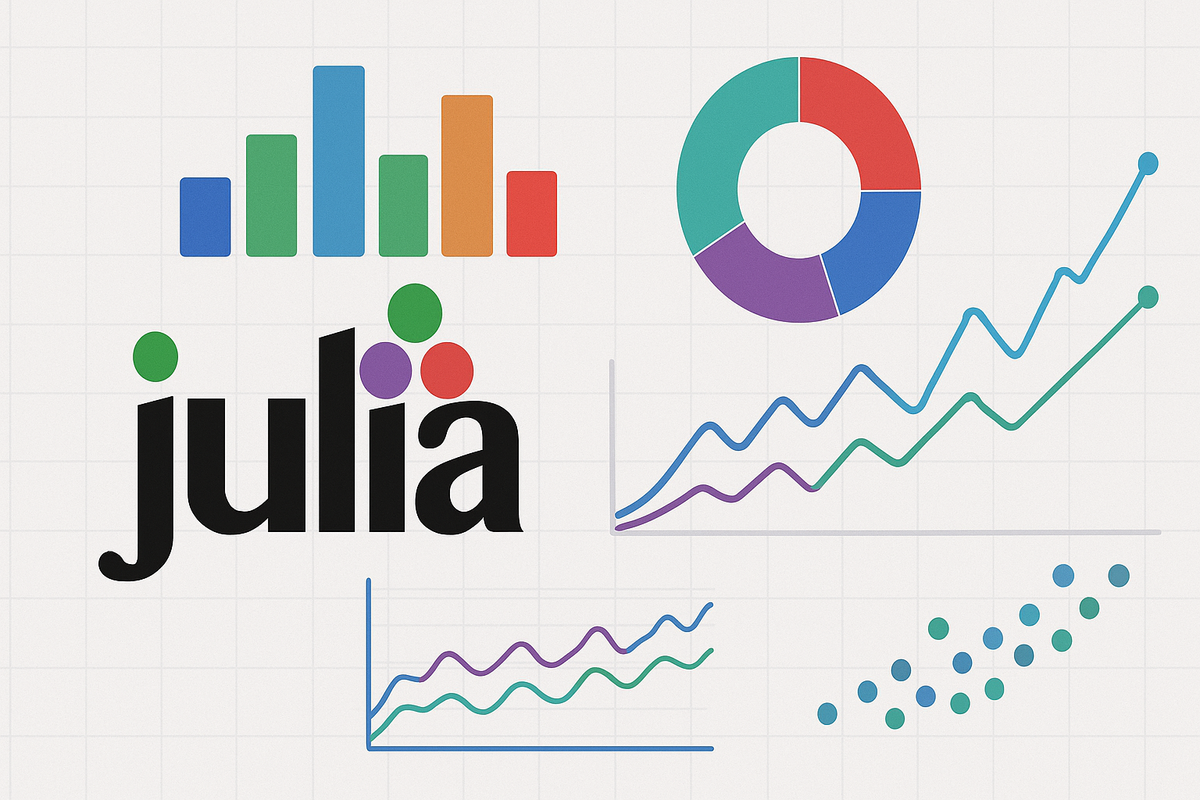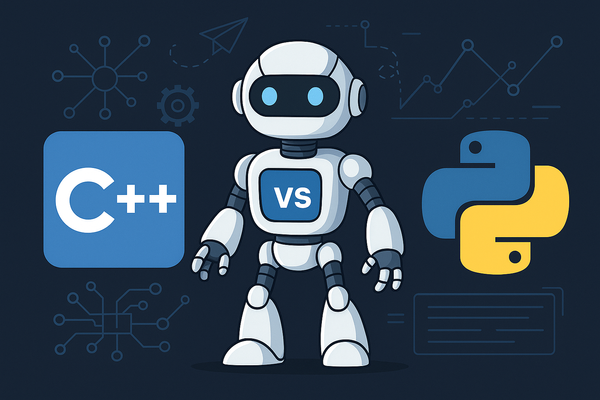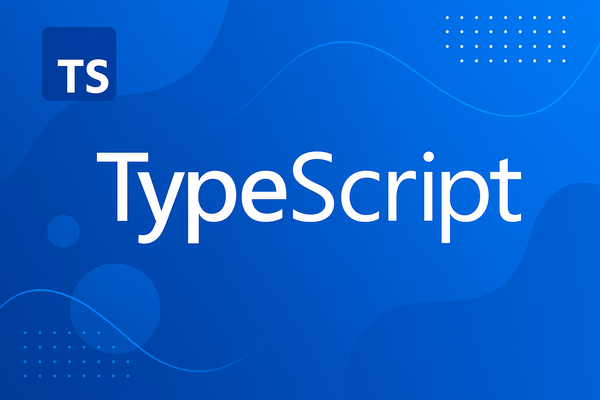Julia for Data Science
Julia combines the speed of compiled languages with the ease of Python. Learn how to use it for data analysis, visualization, and machine learning in one unified workflow.

Julia is a modern, high‑performance programming language designed for scientific computing, data analysis, and machine learning. Since its debut in 2012, it has gained a passionate community of data scientists, engineers, and researchers. In this post, we’ll introduce you to Julia, explain why it’s so fast, showcase its simple syntax, and walk through a few data‑science examples. By the end, you’ll see why Julia is quickly becoming a go‑to language for data science workflows.
What Is Julia?
- Dynamic & High‑Level: Like Python or R, Julia is dynamically typed and garbage‑collected, so you can iterate quickly without boilerplate.
- Compiled for Speed: Under the hood, Julia uses LLVM to compile your code to efficient native machine code.
- Multiple Dispatch: Functions choose method implementations based on the types of all inputs, enabling elegant generic programming.
- Rich Ecosystem: From data science (DataFrames.jl) to machine learning (Flux.jl) and differential equations (DifferentialEquations.jl), Julia’s package ecosystem covers a wide range of domains.
Why Julia Is So Fast
- Just‑In‑Time (JIT) Compilation
Julia compiles functions the first time they’re called with particular argument types. That means your loops and math operations run at speeds close to C or Fortran. - Type Specialization & LLVM Optimizations
When you call a function, Julia generates highly optimized code specialized for the argument types you provided, leveraging LLVM’s advanced optimizations. - No “Two‑Language” Problem
In many scientific Python workflows, performance‑critical sections are offloaded to C/C++ or Fortran libraries. With Julia, you write everything in one language—no need to switch contexts or write bindings. - Built‑In Parallelism
Julia makes it easy to write multithreaded or distributed code with built‑in macros like@threadsand high‑level constructs for remote calls.
Getting Started: Installation
Julia binaries are available for Windows, macOS, and Linux. Simply:
- Download from https://julialang.org/downloads/
- Extract and add the
bindirectory to yourPATH.
Launch the REPL:
julia
`
You’ll see the julia> prompt, ready for your first commands.
A Taste of Julia Syntax
Julia’s syntax is concise and familiar to anyone who’s used Python, MATLAB, or R.
# Hello, world!
println("Hello, Julia!")
# Simple function
function square(x)
return x^2
end
# Inline anonymous function
double = x -> 2x
# Loop with comprehensions
squares = [i^2 for i in 1:5] # [1, 4, 9, 16, 25]
# Multiple dispatch example
add(x::Int, y::Int) = x + y
add(x::String, y::String) = "$x $y"
Data Science with DataFrames.jl
Julia’s DataFrames.jl package offers powerful, Pandas‑like data manipulation.
Group‑by and aggregate:
combine(groupby(df, :Species),
:PetalLength => mean => :AvgPetalLength,
:PetalWidth => mean => :AvgPetalWidth)
Filter and transform:
# Select only the “setosa” species
df_setosa = filter(row -> row.Species == "setosa", df)
# Create a new column for sepal ratio
df_setosa.SepalRatio = df_setosa.SepalLength ./ df_setosa.SepalWidth
Load a CSV file:
using DataFrames, CSV
df = CSV.read("data/iris.csv", DataFrame)
first(df, 5)
Add the package (in the REPL, hit ] to enter pkg mode):
pkg> add DataFrames CSV
Plotting with Plots.jl
Visualize your data in a few lines:
using Plots
# Scatter SepalLength vs SepalWidth colored by Species
scatter(df.SepalLength, df.SepalWidth, group=df.Species,
title="Iris Sepal Dimensions",
xlabel="Sepal Length (cm)", ylabel="Sepal Width (cm)")
The Plots.jl backend system automatically selects a suitable plotting library (e.g., GR, Plotly) for your environment.
Machine Learning with Flux.jl
Julia’s Flux.jl makes defining neural networks straightforward:
using Flux
# Define a simple model
model = Chain(
Dense(4, 16, relu), # 4 inputs → 16 neurons → ReLU
Dense(16, 3), # 16 neurons → 3 outputs
softmax
)
# Example input: a 4‑element vector
x = rand(4)
# Forward pass
y_pred = model(x)
Training loops in Flux are pure Julia, so you can customize every aspect of optimization without leaving the language.
Why Data Scientists Love Julia
- Speed for Prototyping & Production: Write prototype algorithms in the same language you use in production—no rewriting in C/C++ later.
- Interactivity: Use Jupyter notebooks (
IJulia.jl) or the Julia REPL for quick experimentation. - Native Access to Libraries: Call Python, R, C, and Fortran libraries directly with
PyCall.jlorccall. - Growing Community: Packages such as
StatsModels.jl,MLJ.jl, andBio.jltarget specialized domains, accelerating development.
Conclusion
Julia unites the ease of a dynamic language with the performance of a compiled one. Its clear, concise syntax and powerful multiple‑dispatch paradigm accelerate both experimentation and deployment. If you’re working in data science, scientific computing, or machine learning, give Julia a spin—install it today and see how quickly you can turn data into insight.




